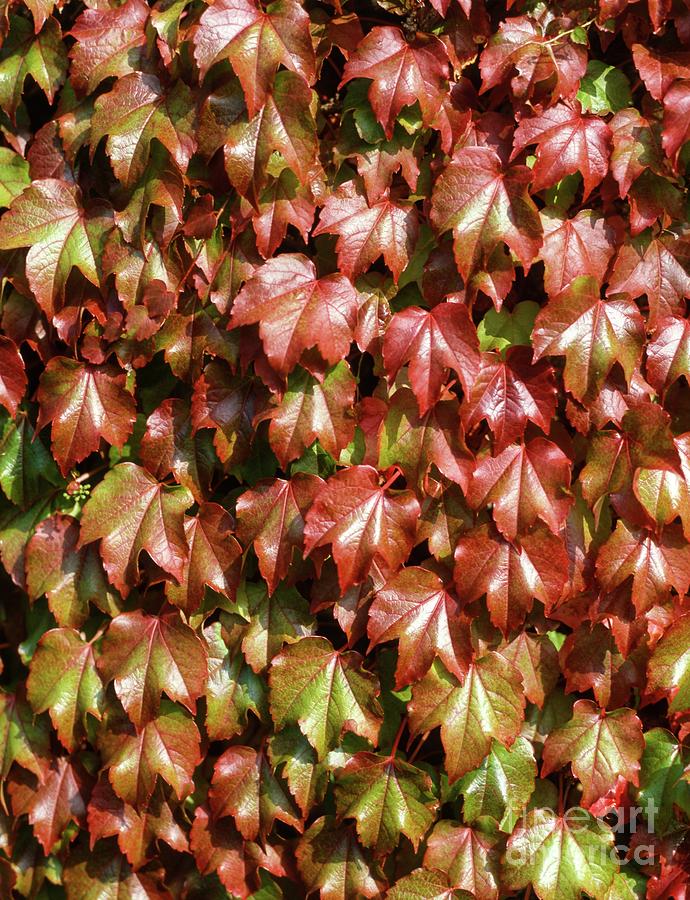
Boston Ivy (parthenocissus Tricuspidata) Photograph by Brian Gadsby
Facts Boston-ivy, also called Japanese creeper for its country of origin, is a liana commonly seen climbing up buildings. Unlike its cousin, Virginia-creeper (Parthenocissus quinquefolia), it has simple, lobed leaves.

Parthenocissus tricuspidata Robusta Boston Ivy Plant Mail Order Trees
Parthenocissus tricuspidata is a deciduous Climber growing to 18 m (59ft 1in) at a fast rate. See above for USDA hardiness. It is hardy to UK zone 4 and is not frost tender. It is in flower from July to August, and the seeds ripen from October to November. The species is hermaphrodite (has both male and female organs) and is pollinated by Insects.
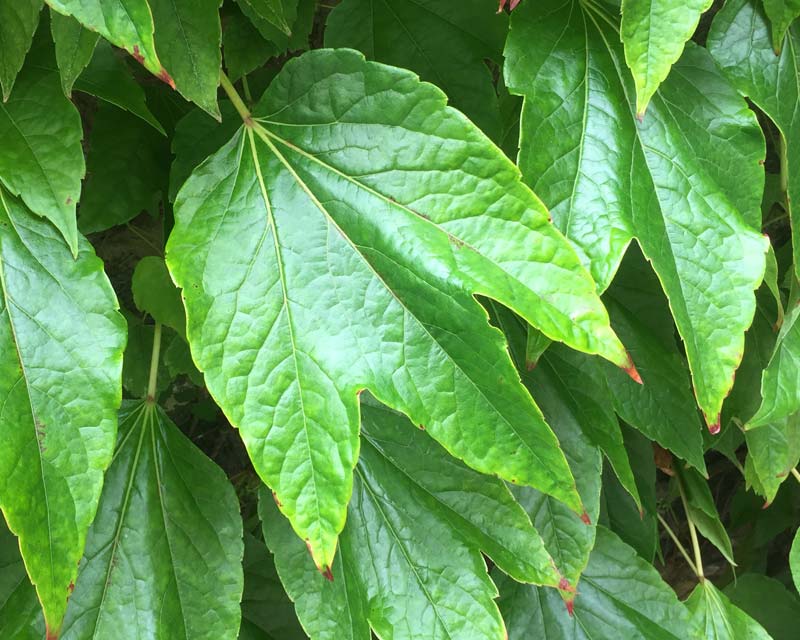
Parthenocissus tricuspidata
Boston ivy, ( Parthenocissus tricuspidata ), clinging woody vine of the grape family ( Vitaceae ). Native to eastern Asia, the plant has been introduced into other regions, particularly as a climbing ornamental on stone and brick facades.

Boston ivy (Parthenocissus tricuspidata) Stock Image C001/2115
All you need to know about growing Boston ivy, Parthenocissus tricuspidata. Save Boston ivy is a wonderful, rampant, climbing foliage plant, typically used to clothe large, old houses. Like closely related Virginia creeper, it makes a real spectacle in autumn, when its glossy green leaves leaves turn fiery shades of red and orange, before falling.
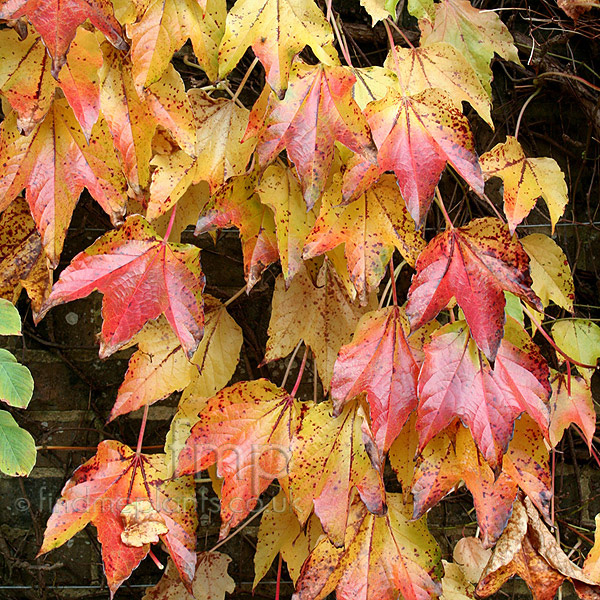
Parthenocissus tricuspidata (Boston Ivy, Japanese Creeper) Information
Description Parthenocissus tricuspidata, or Boston Ivy, is a deciduous vine typically grown as a ground cover that climbs by short tendrils branched with terminal sucker-like holdfasts or adhesive discs. If vertical support is lacking, the plant will spread across the ground.

Parthenocissus tricuspidata (Boston Ivy) Mirror Garden Offers
Boston Ivy is a lush vine, clinging tightly to its supportive structure, with glossy dark green Summer foliage and rich yellow, red, or burgandy Autumn foliage. Summary. Parthenocissus tricuspidata is known as a showy climbing vine for walls (such as Wrigley Field in Chicago) or the walls of large buildings, having glossy Summer tri-lobed.
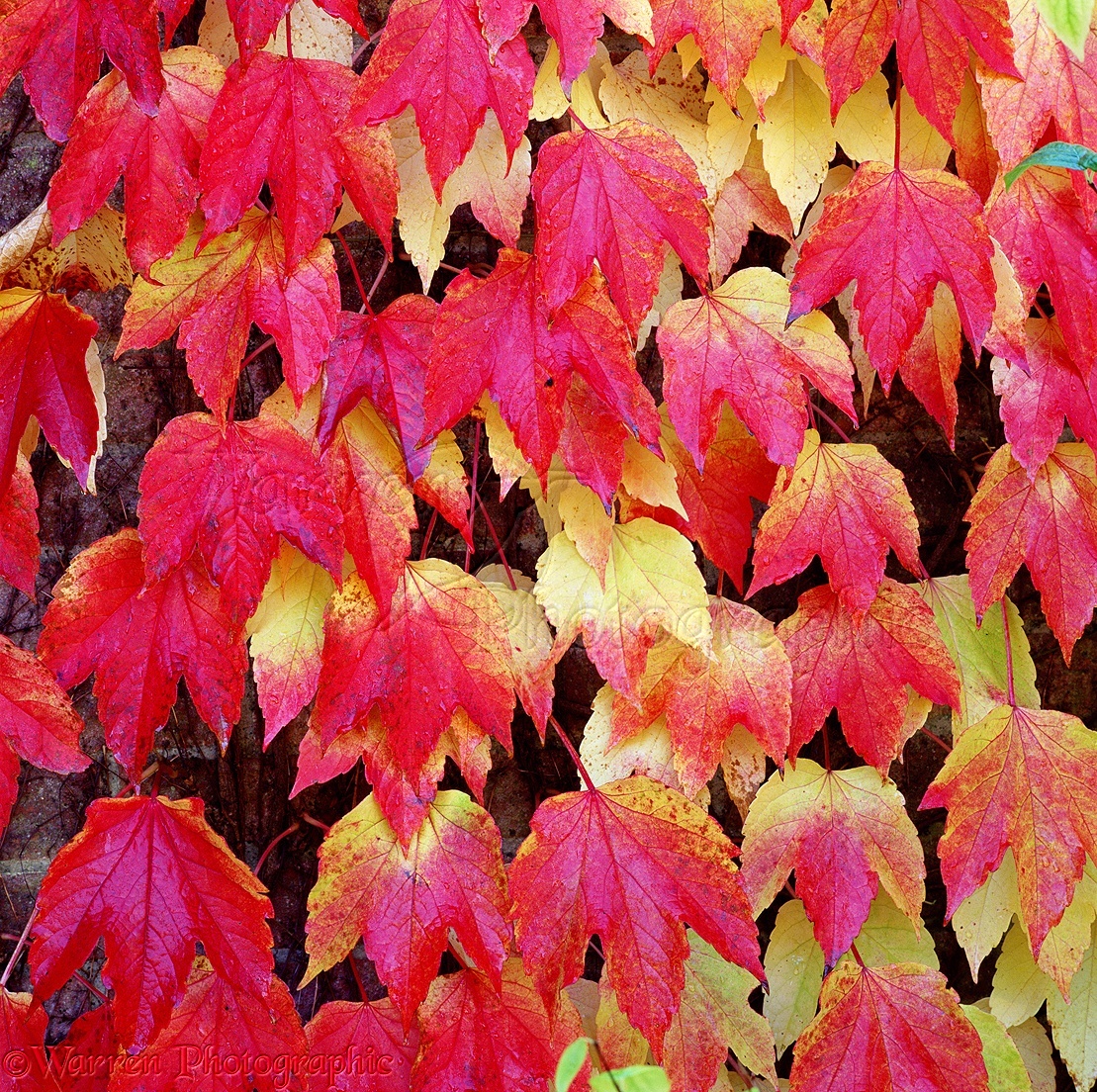
Autumnal Boston Ivy leaves photo WP01767
Culture Easily grown in average, dry to medium, well-drained soils in full sun to part shade. Tolerates full shade. Best fall color occurs in sunny locations. However, in hot summer locations (USDA Zones 8 and 9), this vine may do best if planted on eastern or northern walls.
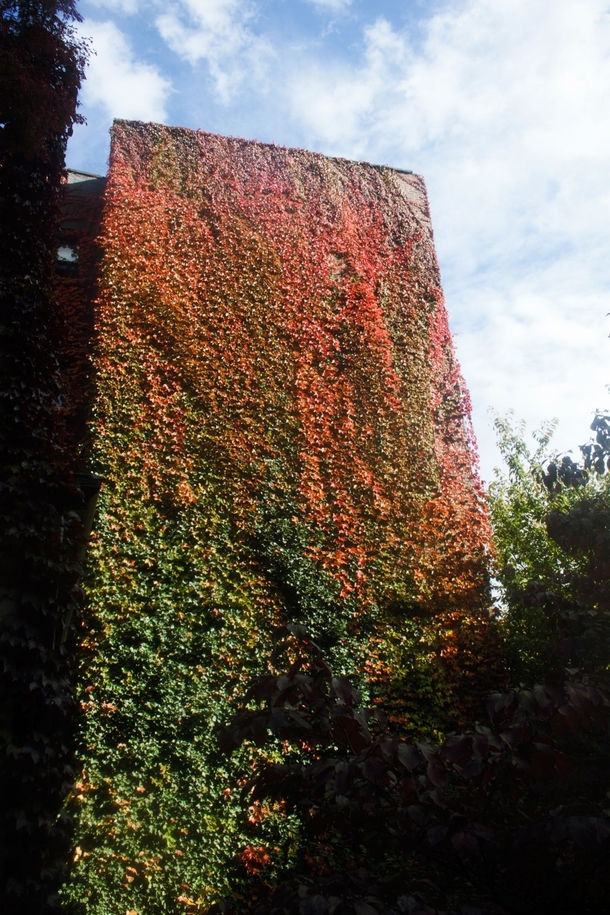
Boston Ivy Parthenocissus tricuspidata Photorator
Parthenocissus tricuspidata Boston ivy P. tricuspidata is a very vigorous, self-clinging large deciduous climber. Leaves mostly ovate or three-lobed, turning brilliant crimson and purple in autumn. Flowers inconspicuous; berries dull blue Other common names Japanese creeper Japanese ivy Synonyms Vitis inconstans Ampelopsis hoggii
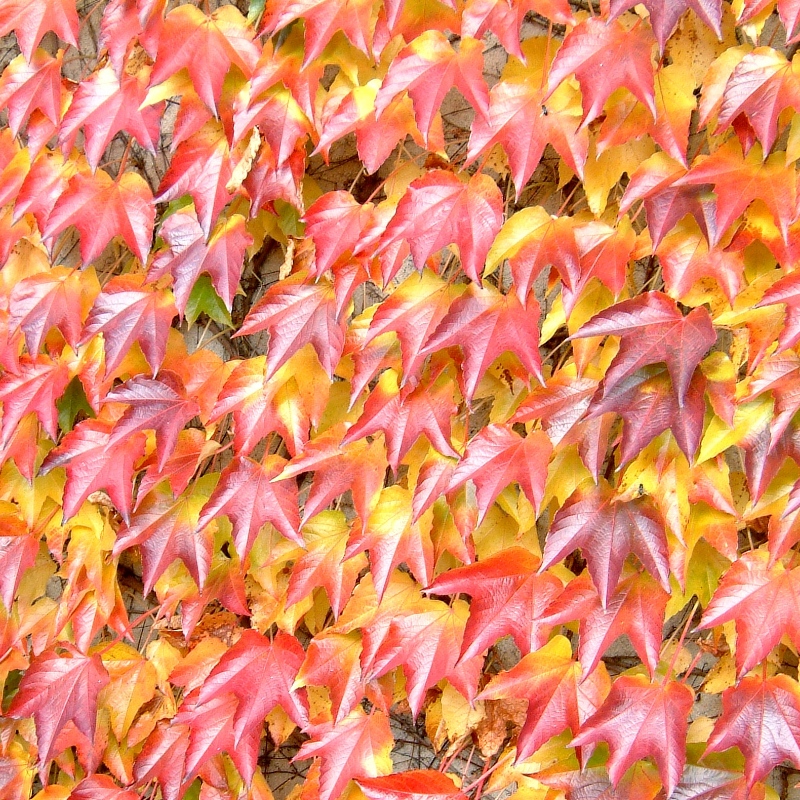
Parthenocissus tricuspidata Veitchii Overland Nurseries
Boston Ivy, Japanese Creeper (Parthenocissus tricuspidata) Care Guide. Perennials can be planted anytime from spring through fall. Prepare the garden by breaking up the existing soil (use a hoe, spade, or power tiller) to a depth of 12-16" (30-40cm). Add organic matter such as manure, peat moss or garden compost until the soil is loose and.
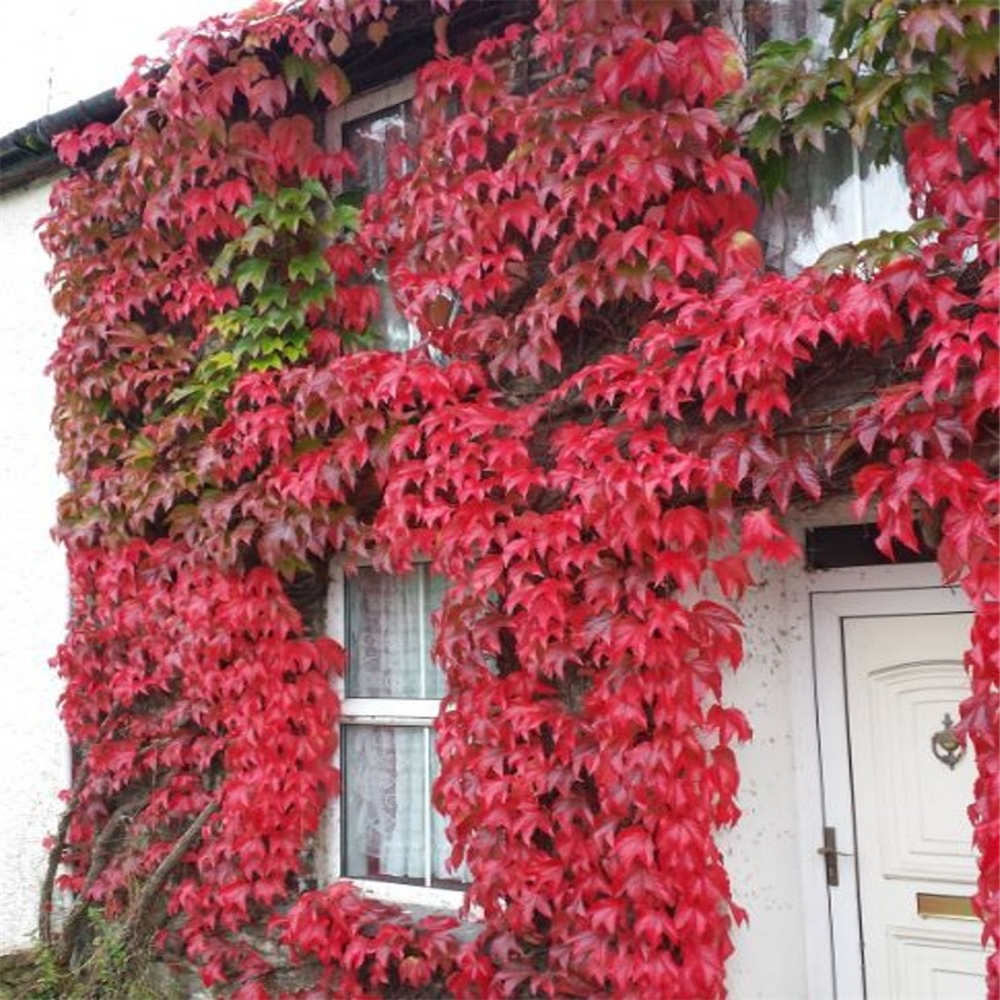
Parthenocissus tricuspidata 'Veitchii' (Boston Ivy) Farmyard Nurseries
Description It is a deciduous woody vine growing to 30 m tall or more given suitable support, attaching itself by means of numerous small branched tendrils tipped with sticky disks.
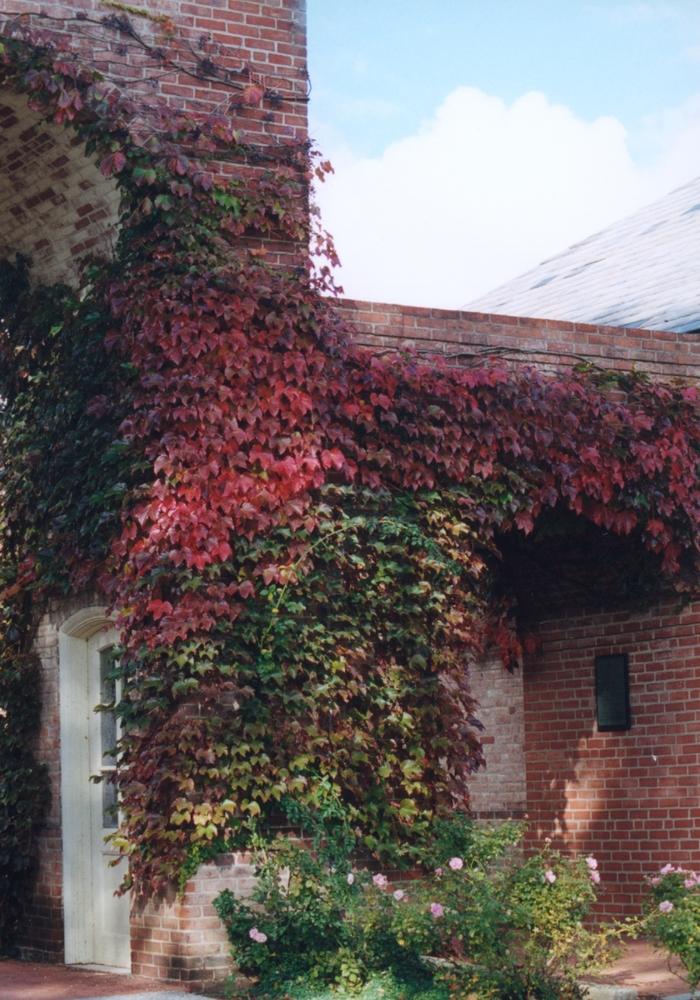
Parthenocissus tricuspidata Boston Ivy from Scotts Garden Centre
Parthenocissus tricuspidata (Boston Ivy) is a very vigorous, fast-growing, deciduous climber boasting mostly ovate or three-lobed, rich lustrous deep green leaves, 8 in. wide (20 cm), turning brilliant shades of burgundy, orange and wine-red in the fall.
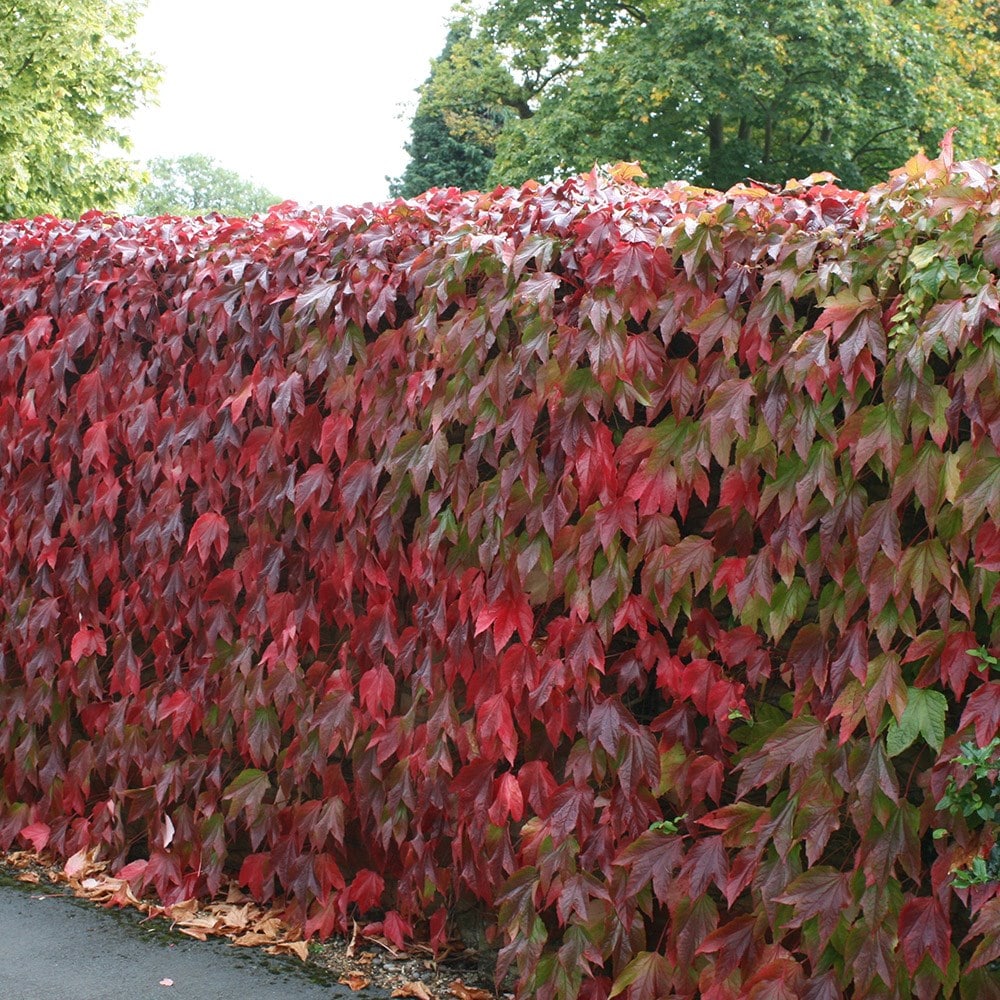
Buy Boston ivy Parthenocissus tricuspidata Veitchii £9.99 Delivery by
Scientific name: Parthenocissus tricuspidata Description Boston ivy is a deciduous vine with tendrils. Boston ivy also has other common names Cottage ivy, Japanese ivy, Japanese creeper and Boston creeper. It is commonly used as a climbing ornamental on stone and brick facades.
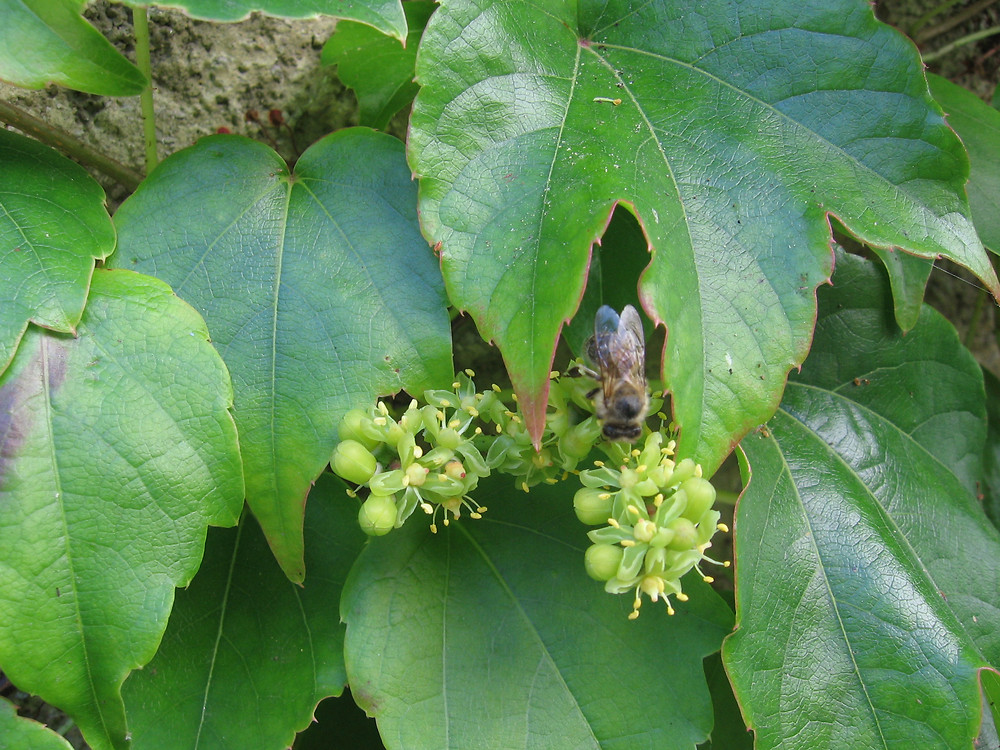
Parthenocissus tricuspidata (Bostonivy) Go Botany
Boston ivy is a true climber, attaching to masonry and wooden surfaces using holdfasts (aerial roots). Alternatively, you can let it spread out horizontally to function as a ground cover. If you don't want the ivy to grow up walls, plant it at least 15 feet from any structure.

Parthenocissus tricuspidata
This plant bears clusters of greenish, inconspicuous flowers. Common name (s) Japanese Creeper, Boston Ivy. Origin. China Japan Korea. Foliage. This vine has deciduous green, maple-shaped foliage which colour to a showy reddish purple in Autumn. Uses in landscape design. This plant is best used for stone or brick walls of buildings, fences or.
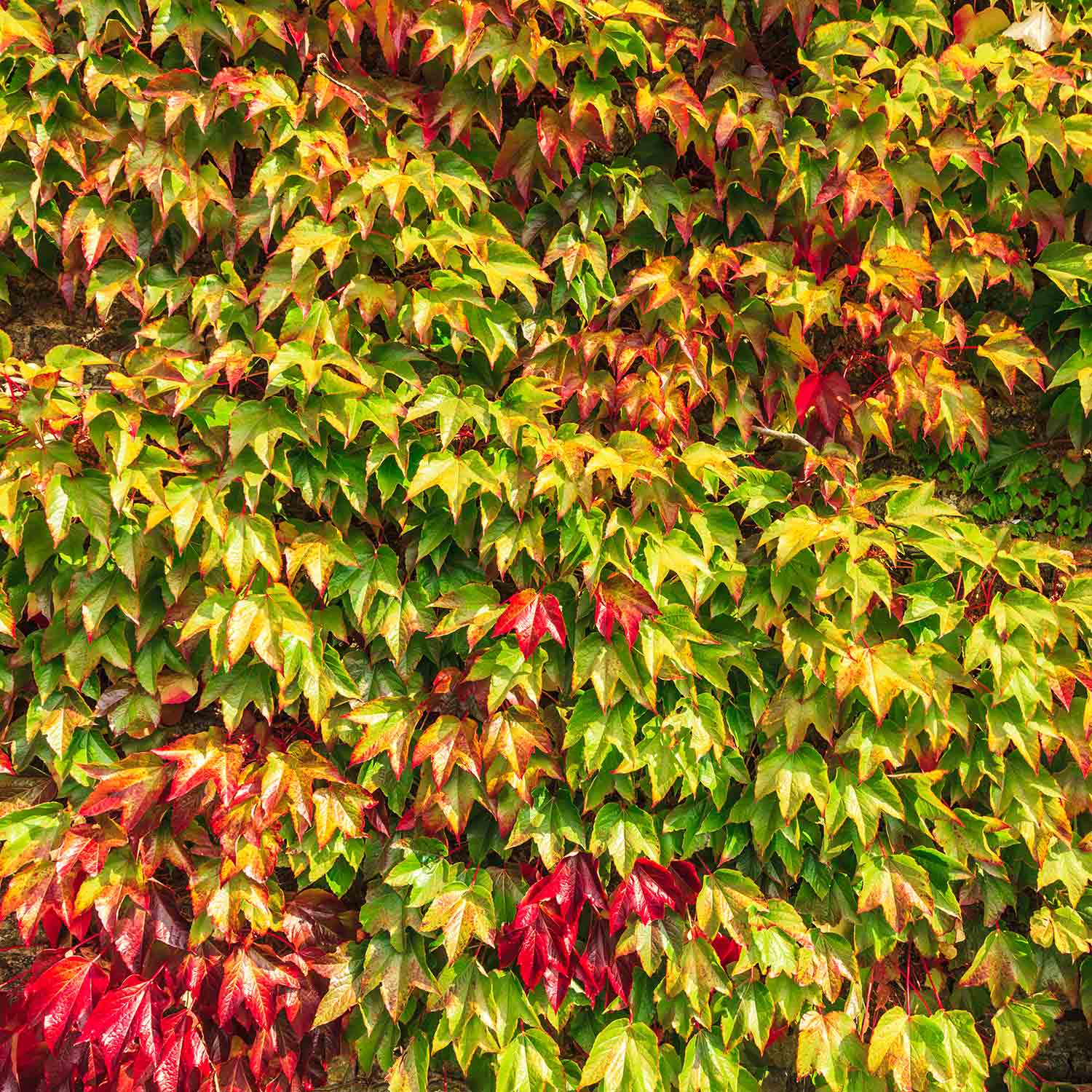
Parthenocissus tricuspidata 'Veitchii' Boston Ivy Western Star
Woodbine Grape Boston Japanese Creeper Ivy - Parthenocissus tricuspidata Seed; GORGEOUS FALL COLORS - Hardy Zone 4 - 9; Like the related Virginia creeper, it is widely grown as a climbing ornamental plant to cover the façades of masonry buildings. Its use for this in Boston, Massachusetts, United States has resulted in one of the alternative.

BOSTON IVY Parthenocissus Tricuspidata 10 SEEDS
OVERVIEW DETAILS STYLE CARE This Plant's Growing Zones: 4-10 Your USDA Cold Hardiness Zone: Your climate may be too cold for this plant Change Location Be Inspired Earth Day Special: Best Climbers for Wildlife Botanicus spooktacularis: 10 Plants for this Haunting Season Beautiful Branches: Grow a room with a view